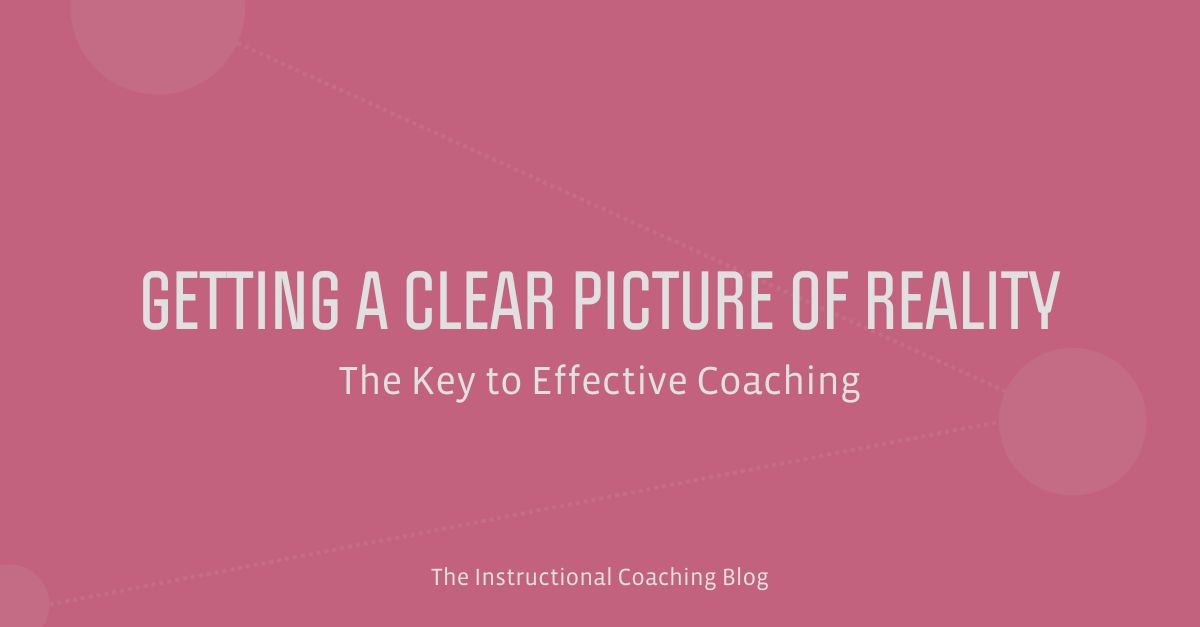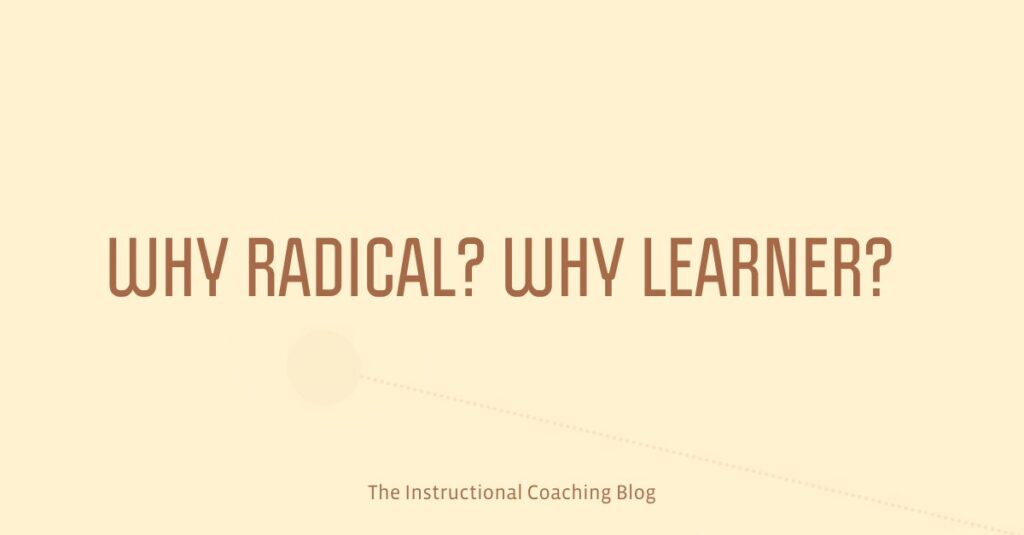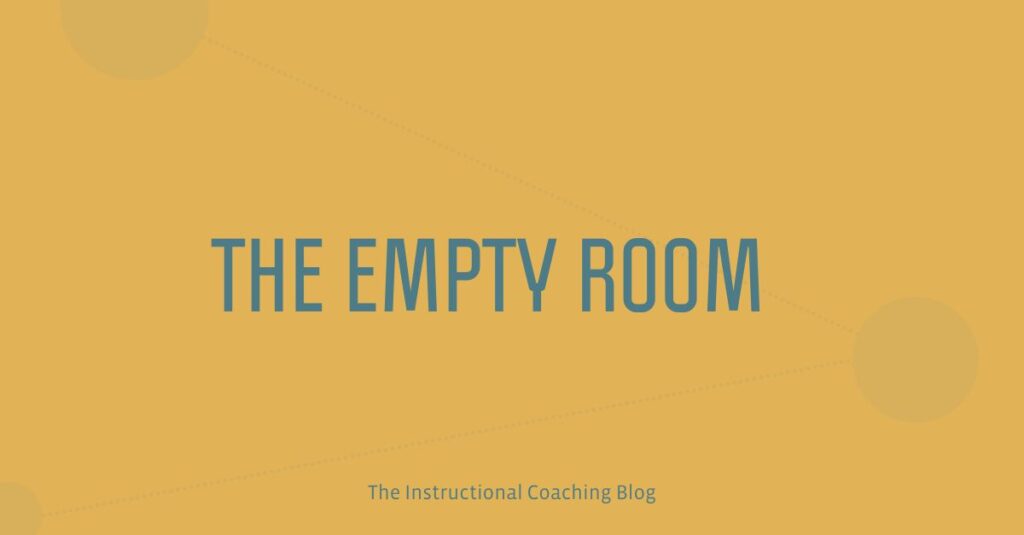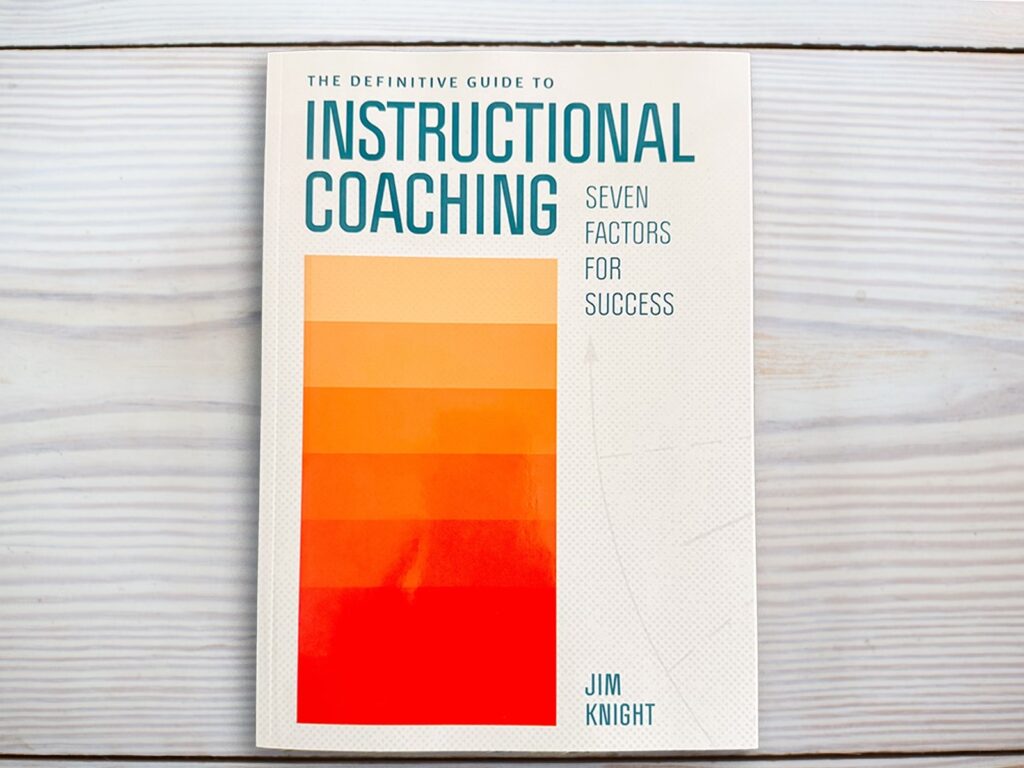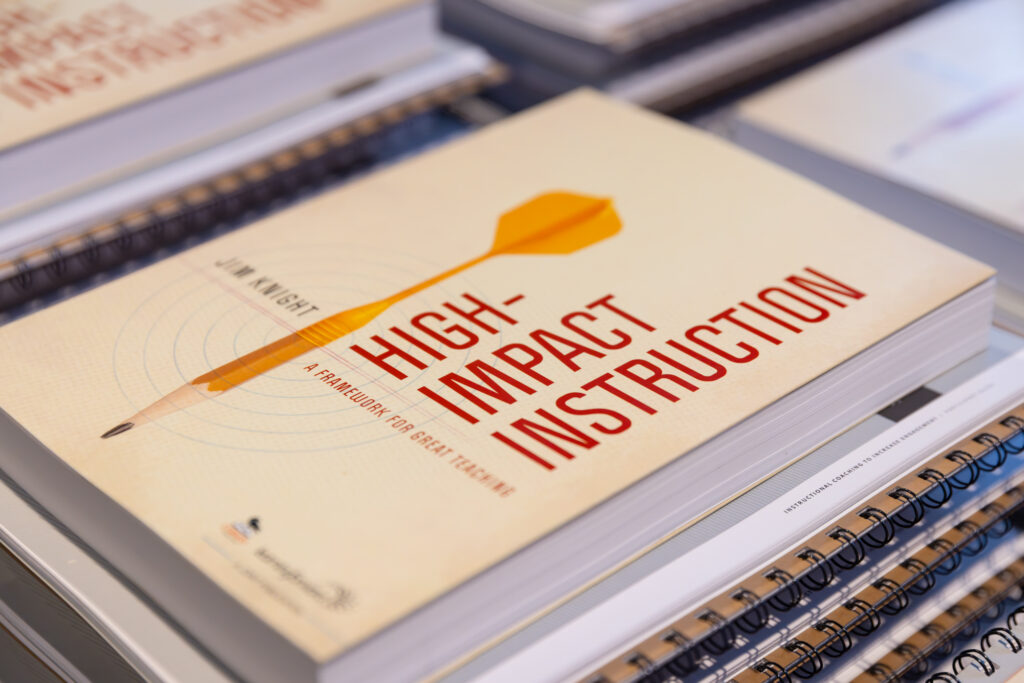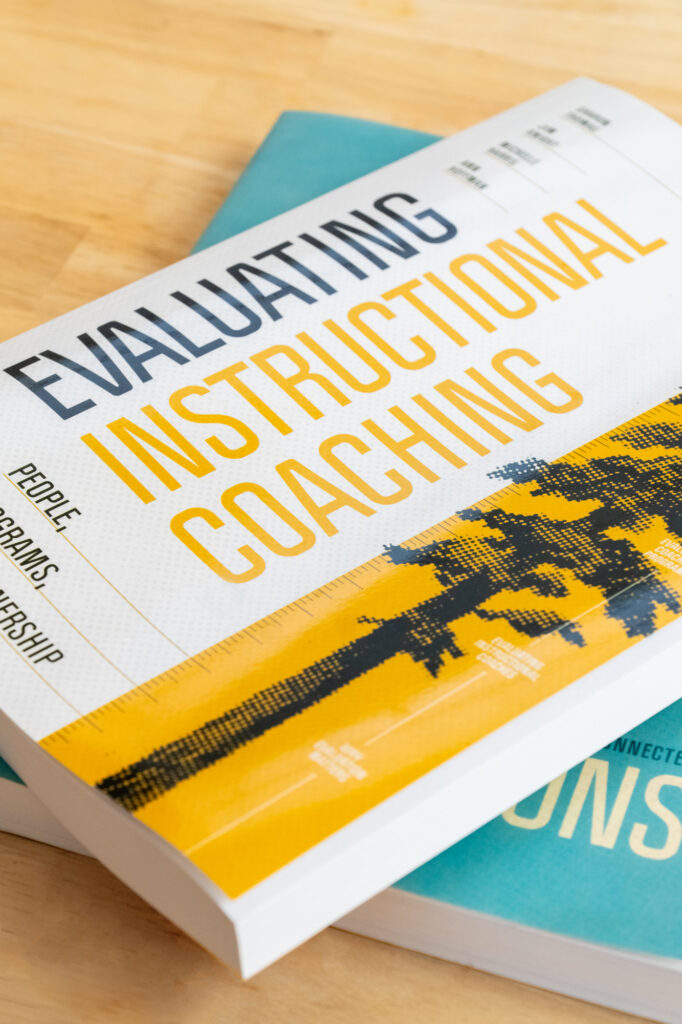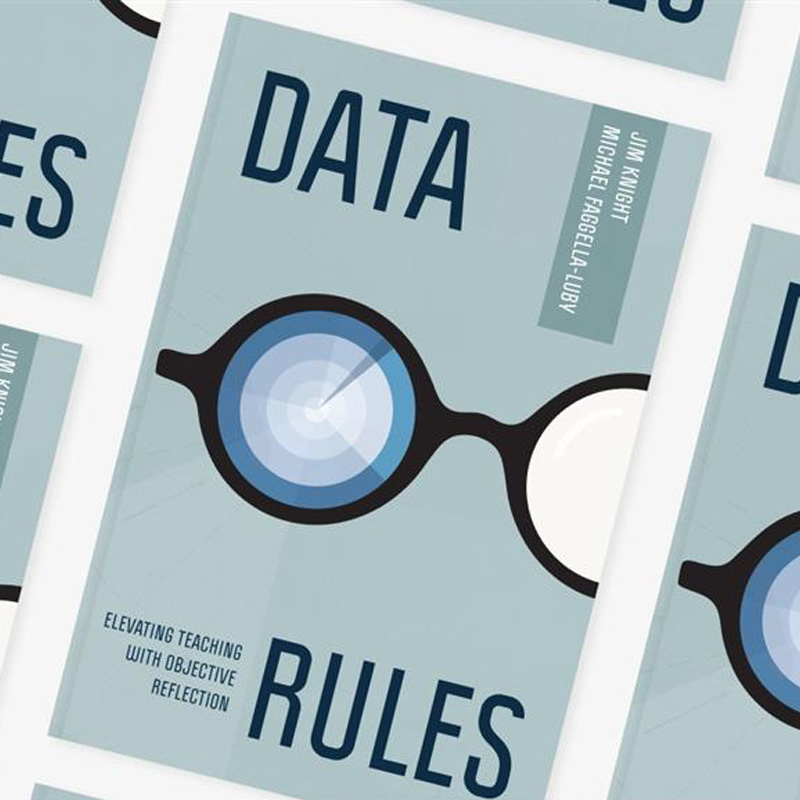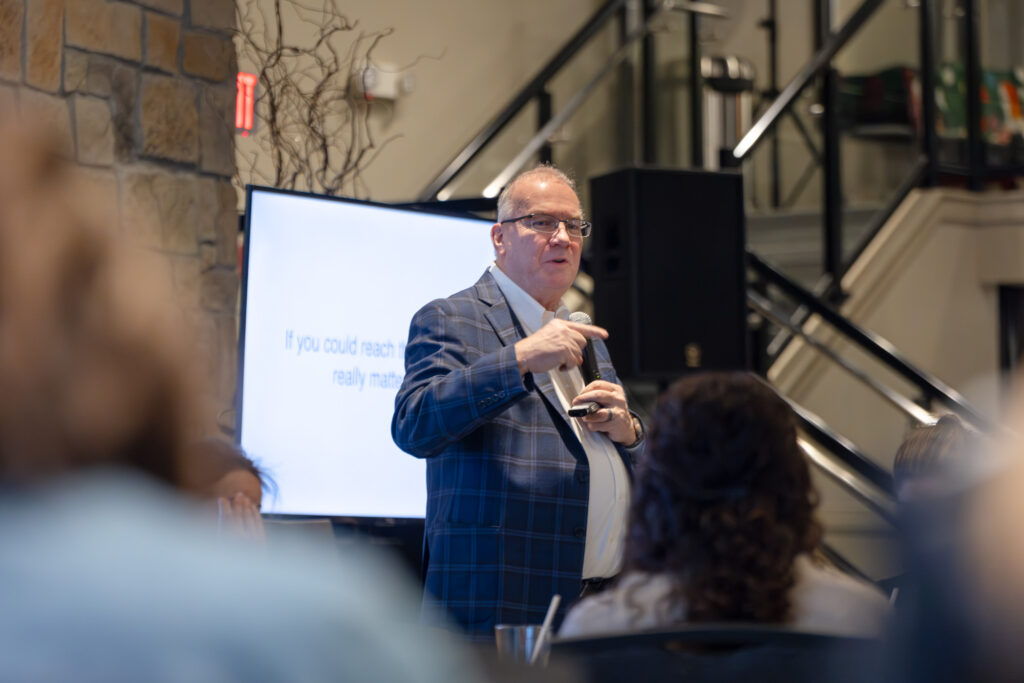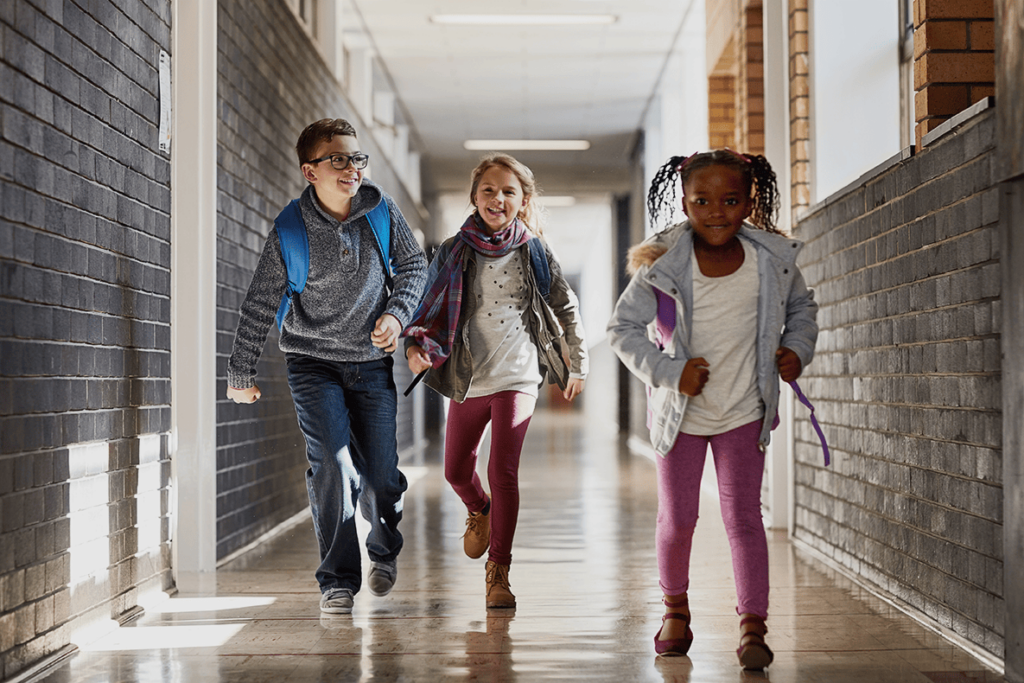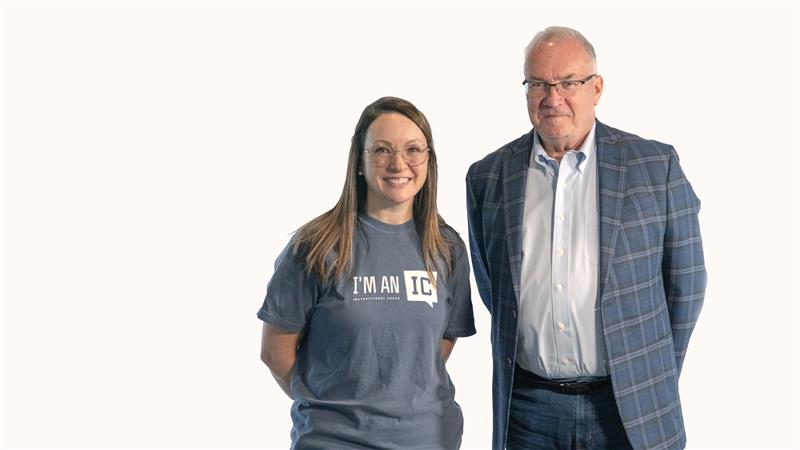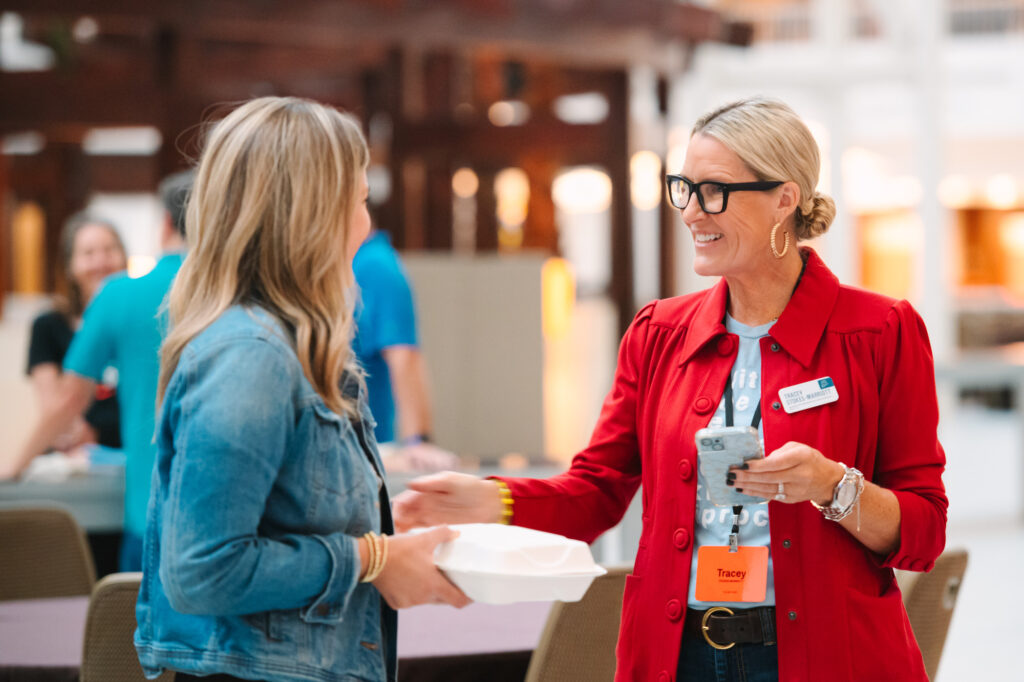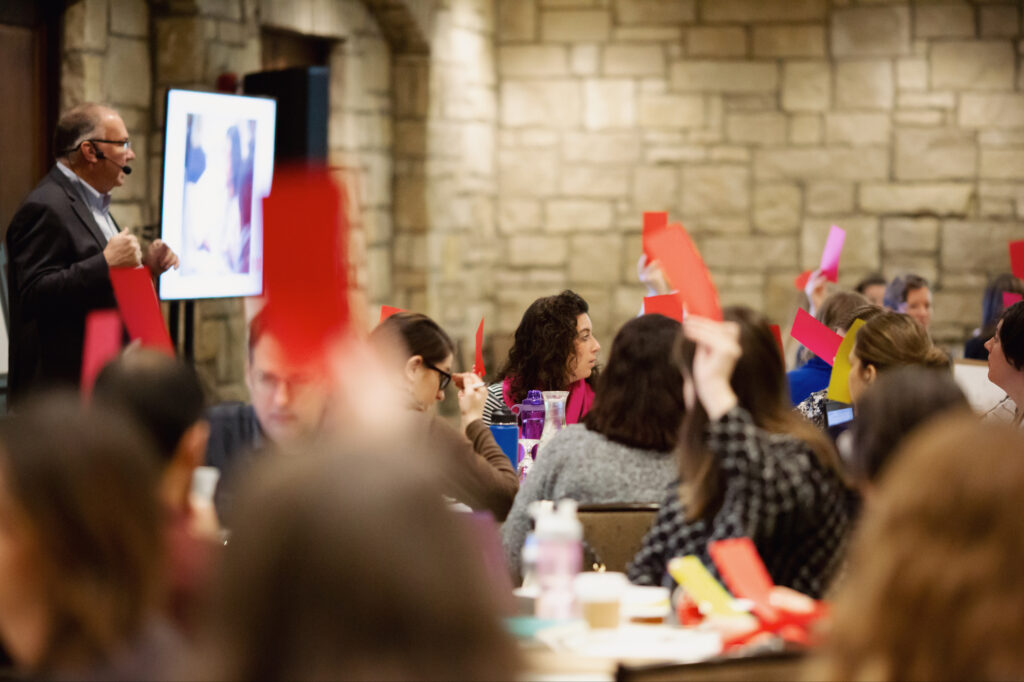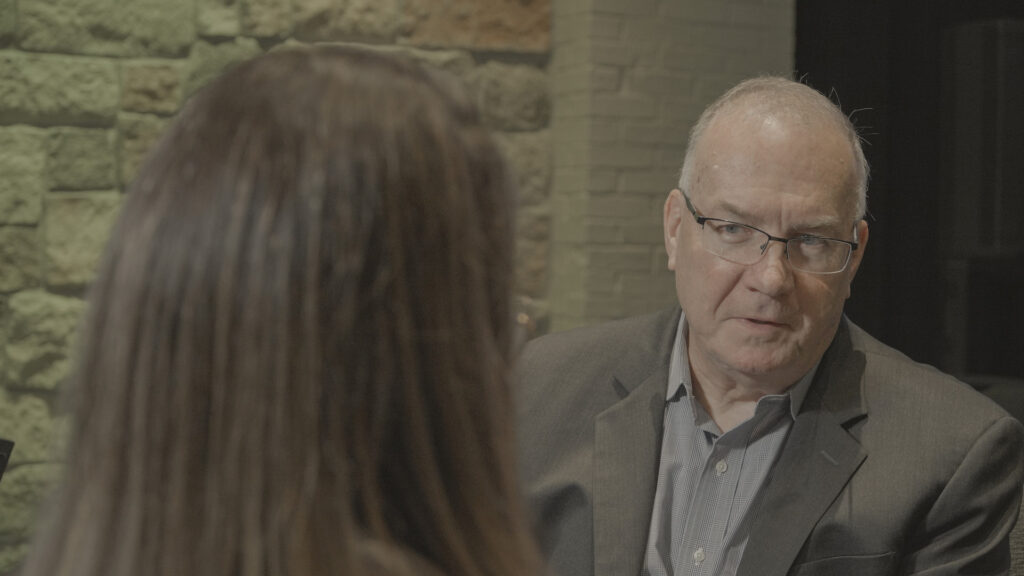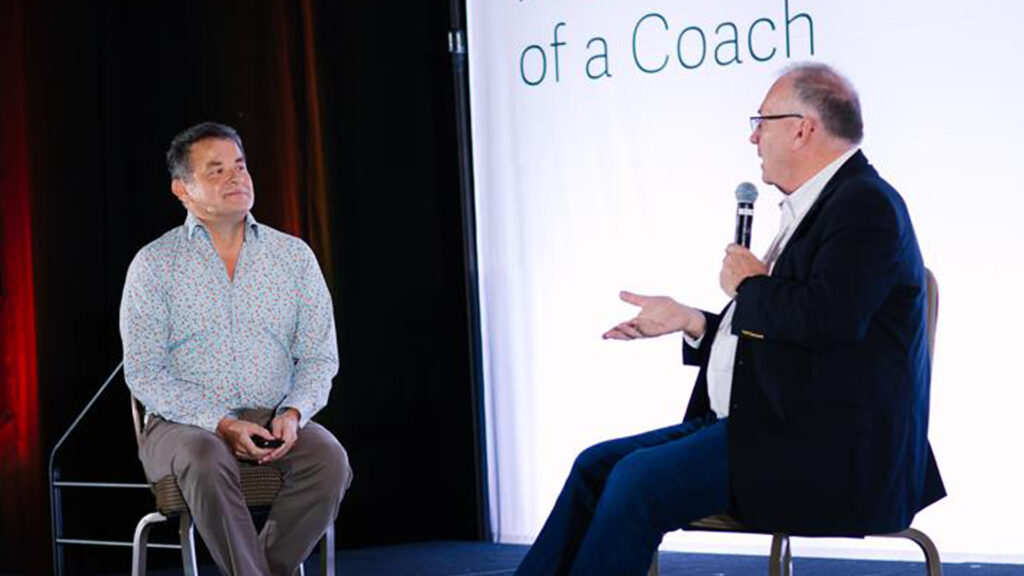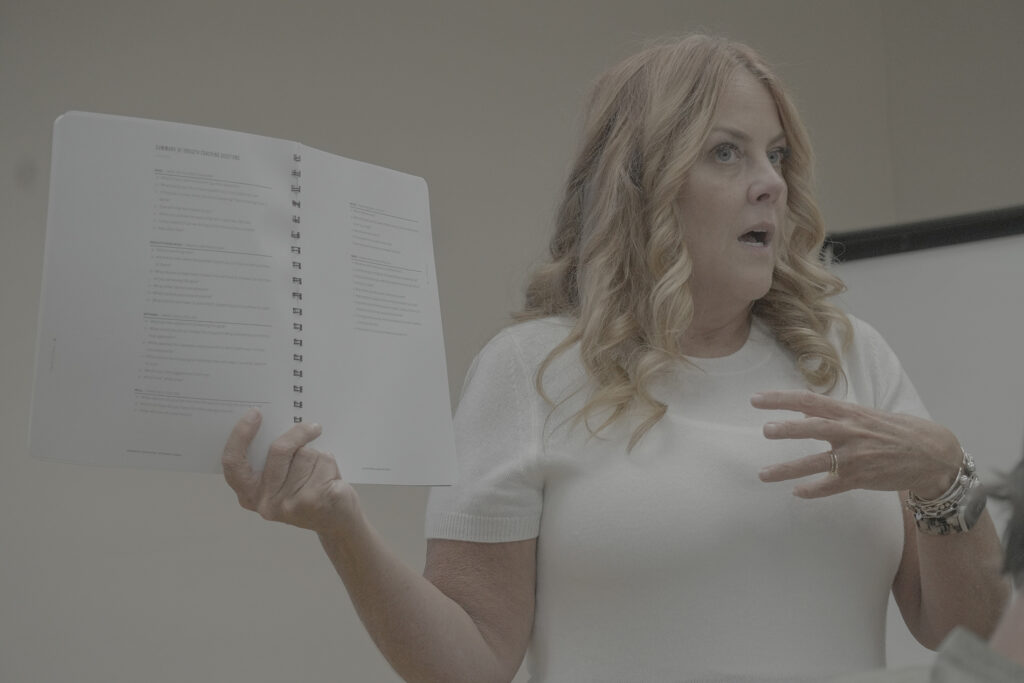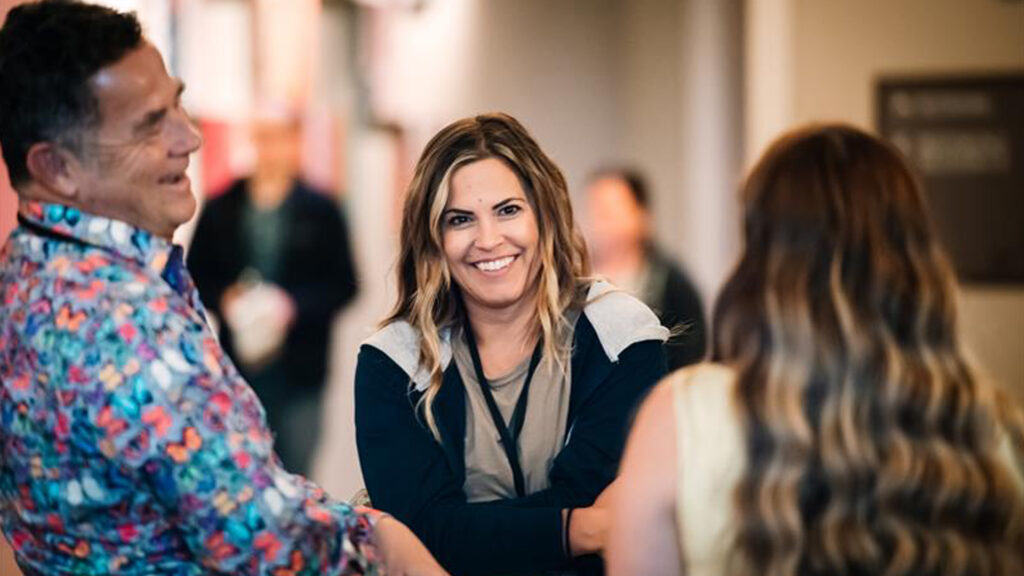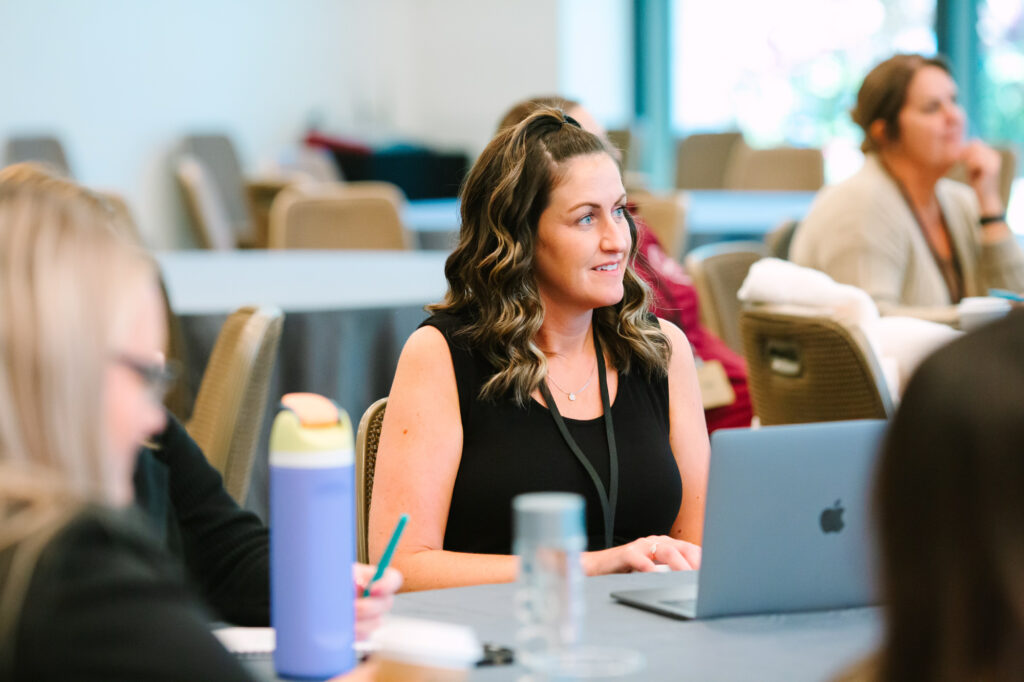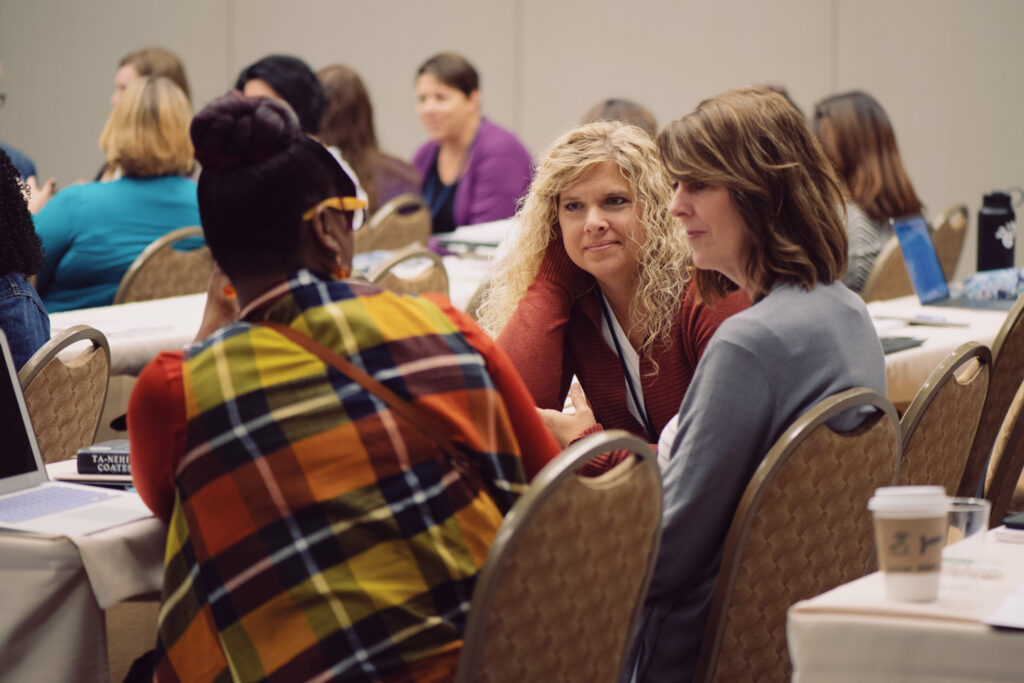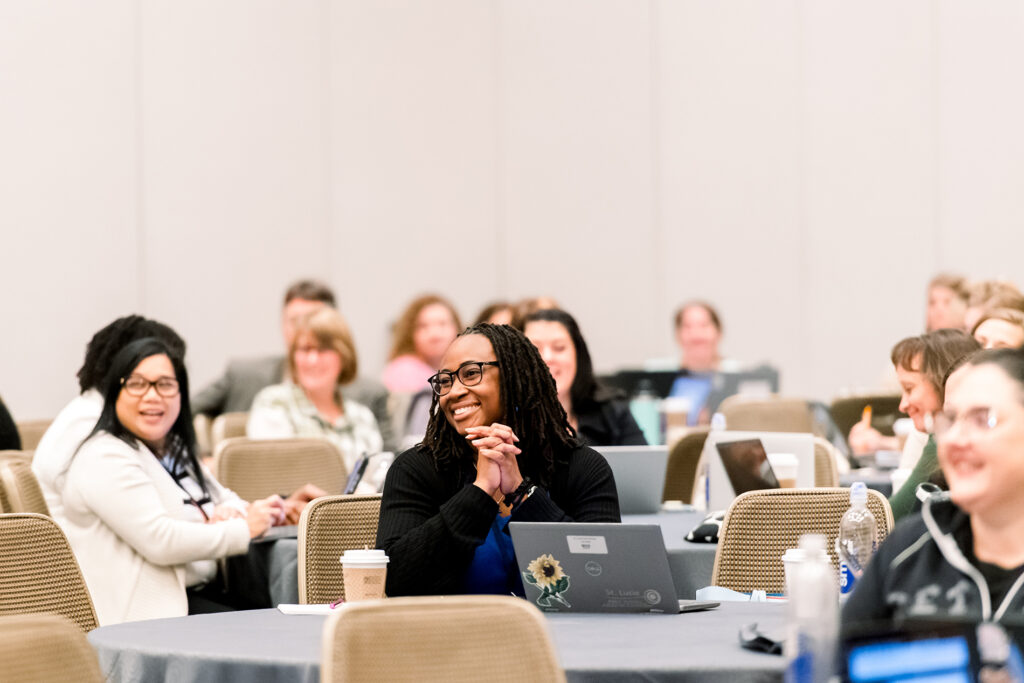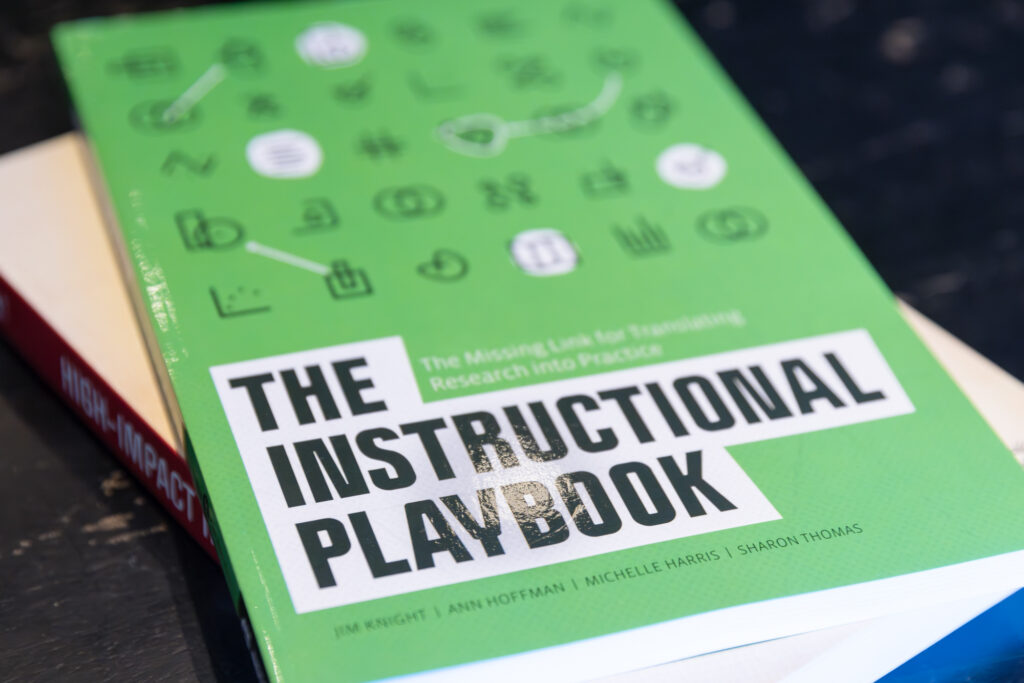One of the most important insights from our research is that coaching can’t succeed unless both the coach and teacher have a shared understanding of what’s happening in the classroom. Without this clear picture of reality, the focus of coaching can easily miss the mark, wasting valuable time and resources. This is why the Identify Stage of the Impact Cycle—where the coach and teacher develop a shared understanding of the classroom—is so critical.
Why a Clear Picture of Reality Matters
Having a clear view of what’s actually happening in the classroom is essential for a few key reasons:
- Time-saving: It helps both teachers and coaches focus on what truly matters.
- Baseline for growth: It creates a starting point for setting goals and measuring progress.
- Action-oriented: It shifts the conversation from theory and talk to practical, actionable steps.
While video recordings are one of the most effective ways to get a clear, objective view of the classroom, there are also other strategies that can provide valuable insights: learning from students and gathering observation data.
Learning from Students
Often, the best insights into what’s happening in a classroom come directly from the students. After all, they’re the ones experiencing the learning process first-hand. Unfortunately, student voices are often underutilized in schools. Actively listening to students builds trust and provides valuable feedback.
Here are some ways to learn from students:
- Informal Conversations: Engage in regular, casual conversations with students about their learning experiences. Quaglia and Corso (2014) suggest talking to at least two students per class every day.
- Interviews: Conduct one-on-one or small-group interviews with students to gain deeper insights into their perspectives on the class. These interviews are particularly effective for building rapport and trust.
- Writing Prompts and Exit Tickets: Give students the opportunity to share their thoughts in writing through journal entries or quick exit tickets at the end of class. This allows for reflection on their engagement and learning experiences.
- Listening and Acting on Feedback: Make sure students feel heard by acting on their feedback and showing that their voices matter. When students know their input is valued and used, it strengthens the student-teacher relationship.
Gathering Observation Data
While video and student feedback are powerful tools, observation data also play a critical role in providing a clear picture of reality. Although observations are not always the most effective way to gain insights on their own, they can complement other methods, like video or student interviews, to help coaches and teachers set and measure goals.
Key steps for gathering observation data include:
- Pre-Observation Conversations: Before observing a lesson, coaches and teachers should align on the purpose of the observation and the specific data to be gathered.
- Feedback Preferences: Confirm with the teacher whether they prefer appreciation (recognition), coaching (suggestions for improvement), or evaluation (comparison to a standard).
- Data Gathering: Coaches should observe specific aspects of the lesson (e.g., student engagement, teacher-student interaction) and take objective notes to inform feedback and next steps.
Conclusion
Ultimately, the goal is to gain a clear, objective picture of what’s happening in the classroom so that coaching efforts can be targeted and effective. Whether through video, student feedback, or observation data, having a clear picture of reality allows coaches and teachers to work together to make meaningful improvements that impact student learning.
